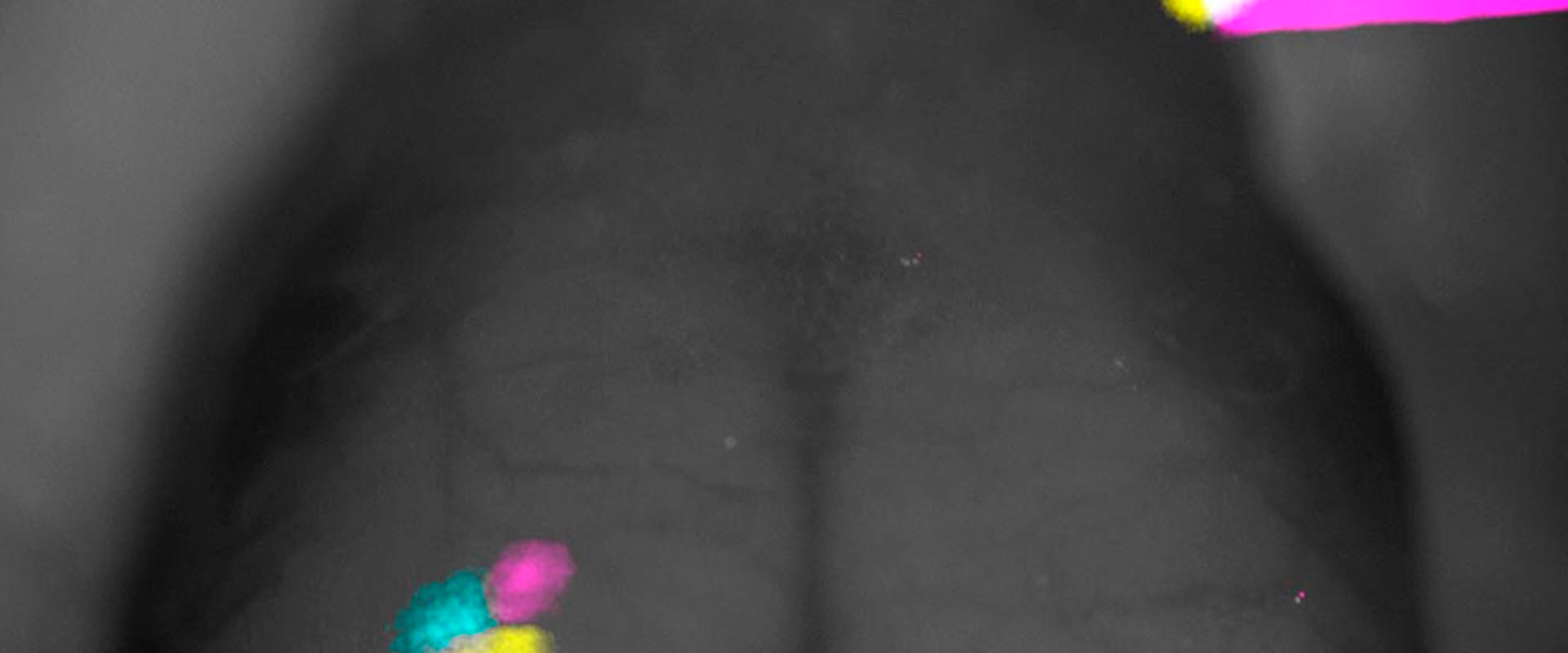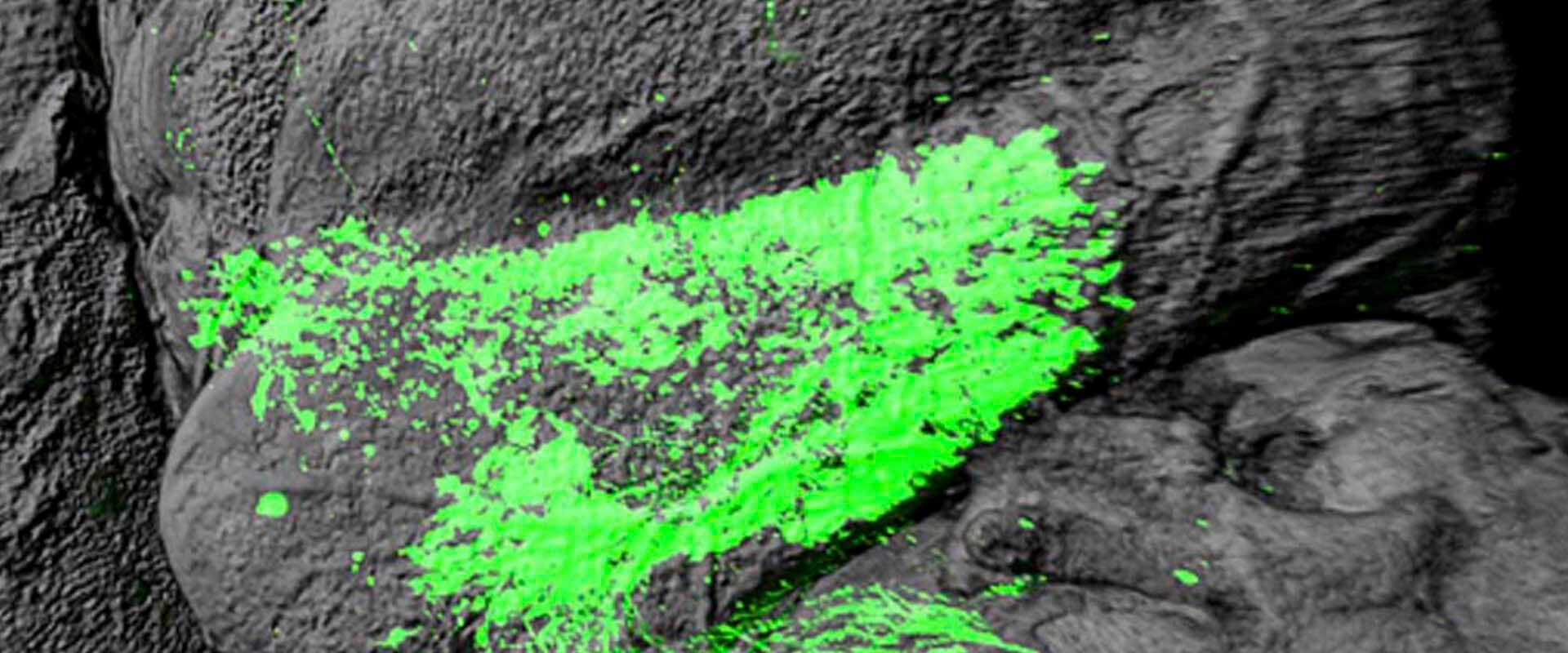Input-dependent segregation of visual and somatosensory circuits in the mouse superior colliculus
“Touch and sight are linked before birth”
In embryonic stages, tactile stimuli simultaneously activate tactile and visual neural pathways. Shortly after birth, both pathways reorganize to allow separate processing of touch and vision. Waves of activity emitted by the retina around birth drives the separation of touch and sight, according to a study by the UMH-CSIC Neurosciences Institute published today in Science. This separation occurs in a brain structure called the superior colliculus that acts as a distributor of neural circuits or pathways. Any delay in the development of this separation causes an incorrect organization of visual circuits that is maintained in adult life.
August 18, 2022. A new study from the laboratory of Dr. Guillermina López-Bendito, published today in Science, shows in mice that the circuits of touch and sight are not independent in the embryo, but are intermingled. It is at birth when these circuits separate and responses to sensory stimuli become independent.
In a previous study, López-Bendito’s lab showed that tactile stimuli activate brain circuits designed to process this type of information before birth. “But we wanted to determine whether they do so independently or whether there is a temporary overlap with other senses. This new study provides fascinating data on how the senses are segregated in the first days of life,” says Guillermina López-Bendito, who led the research.
In this work, led by Teresa Guillamón-Vivancos, they have shown, for the first time, in vivo in mice that during embryonic development a tactile stimulus not only triggers the expected response in the primary somatosensory cortex (one of the areas of the brain that deals with the sense of touch), but surprisingly also gives rise to a response in the primary visual cortex of both hemispheres.
“This multimodal (i.e., encompassing more than one sense) response was observed in mouse embryos tested on the last day of gestation, but disappeared with birth. We then tested whether the disappearance of this multimodal response could be related to the arrival of signals from the retina to the cerebral cortex and other brain structures. Our data show that somatosensory and visual circuits are not separated by default, but require the arrival of activity waves from the retina to do so,” explains Teresa Guillamón-Vivancos.

Teresa Guillamón-Vivancos (left) and Guillermina López-Bendito (right)

 Español
Español


